Guide to Gaucin in Malaga province, where whitewashed houses cling to a buttress of rock dominated by the Castle of Eagles
By Nick Nutter | Updated 14 Sep 2022 | Málaga | Villages |
Login to add to YOUR Favourites or Read Later
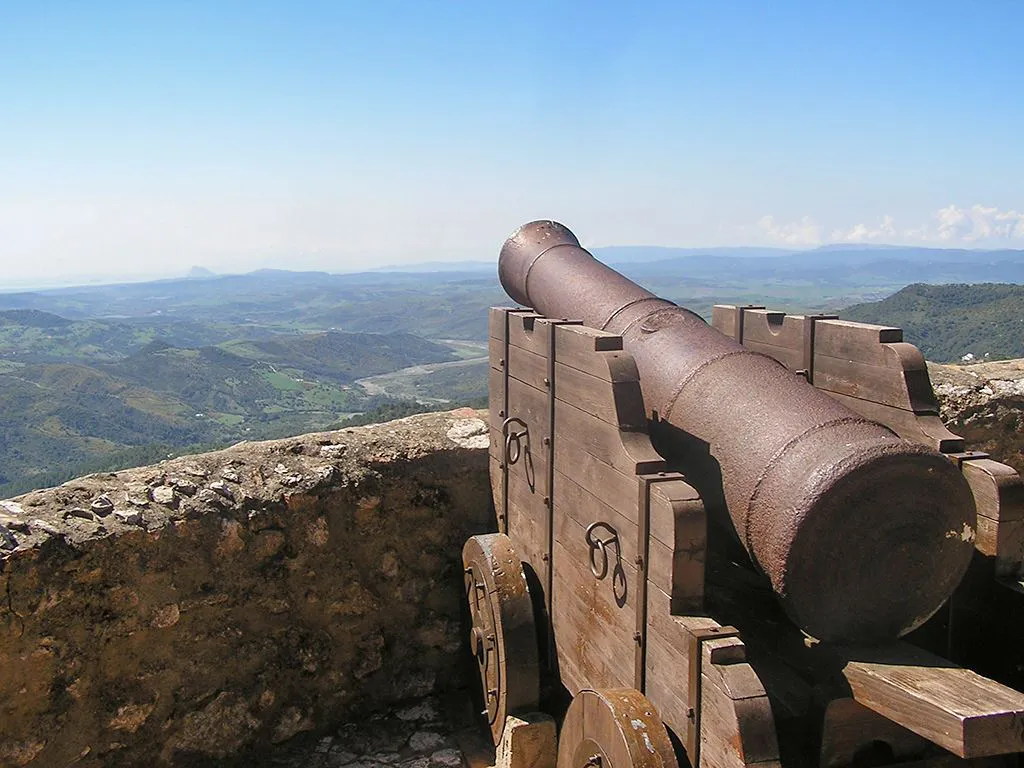
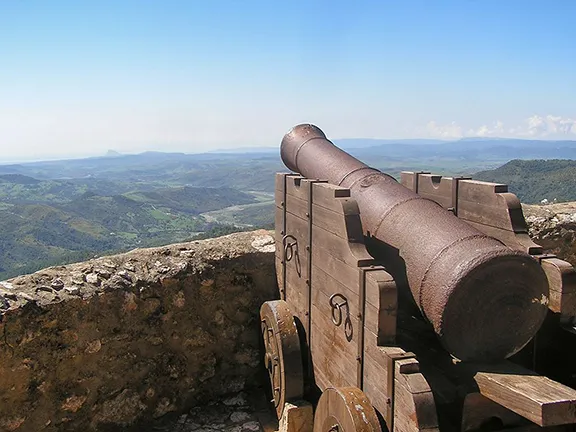
Gaucin to Gibraltar
Gaucin is a ‘white village’ perched on a rock buttress overlooking the River Guadiaro. At a height of 626 metres it commands a view of the surrounding area as far as Gibraltar and Africa and is just 30 minutes drive away from the Costa del Sol.
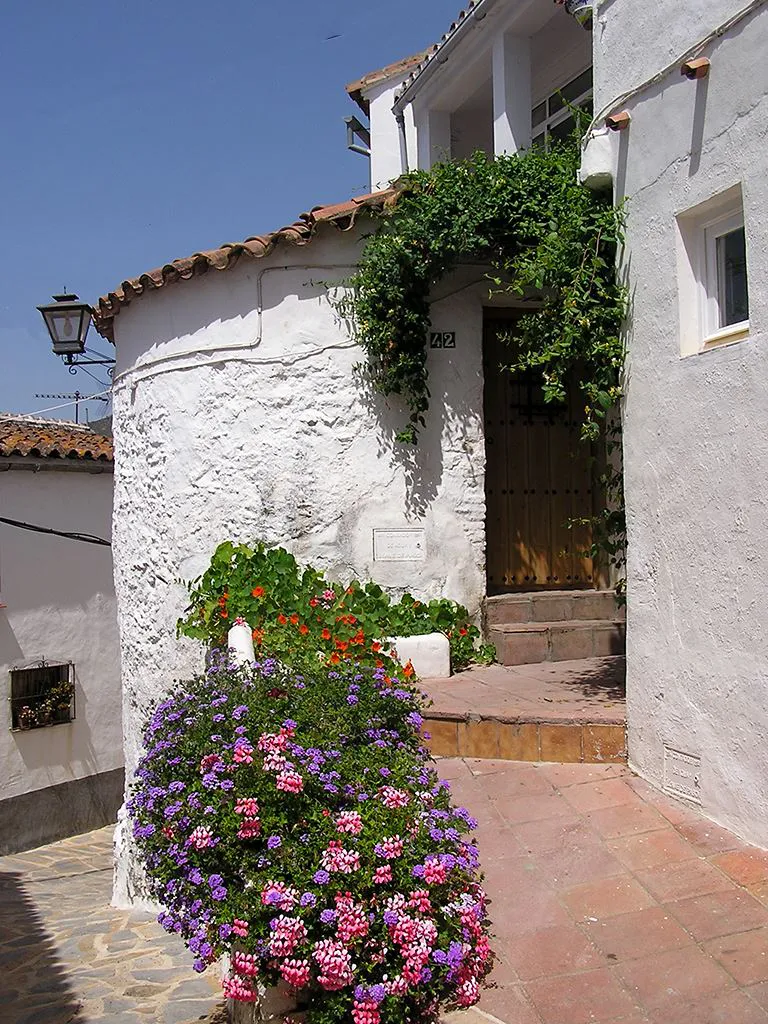
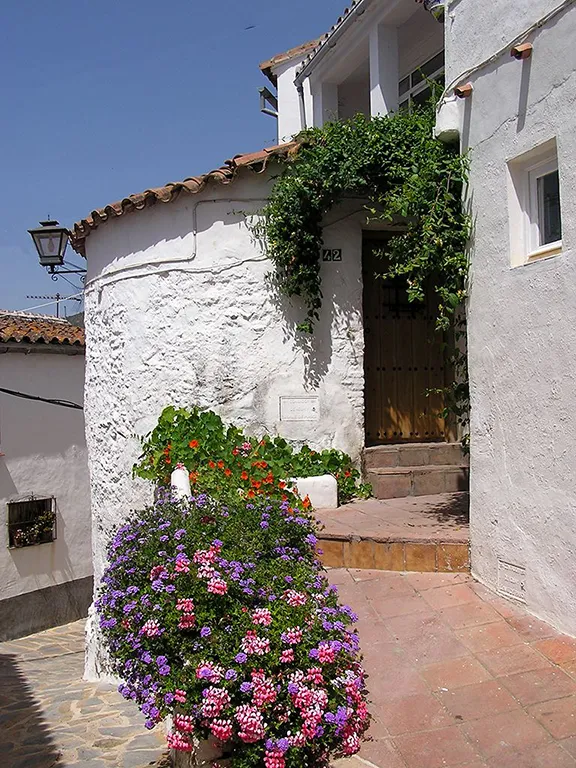
Pretty cottages in Gaucin
The area is renowned for its clarity of air and it is no surprise that Gaucin supports a large community of artists. Every year since 2005 the artists have opened up their studios to visitors. This event normally occupies two weekends in late May and is a great opportunity to meet the artists, see their work and where they work. Art Exhibitions by single artists are a regular feature of the social life in the village.
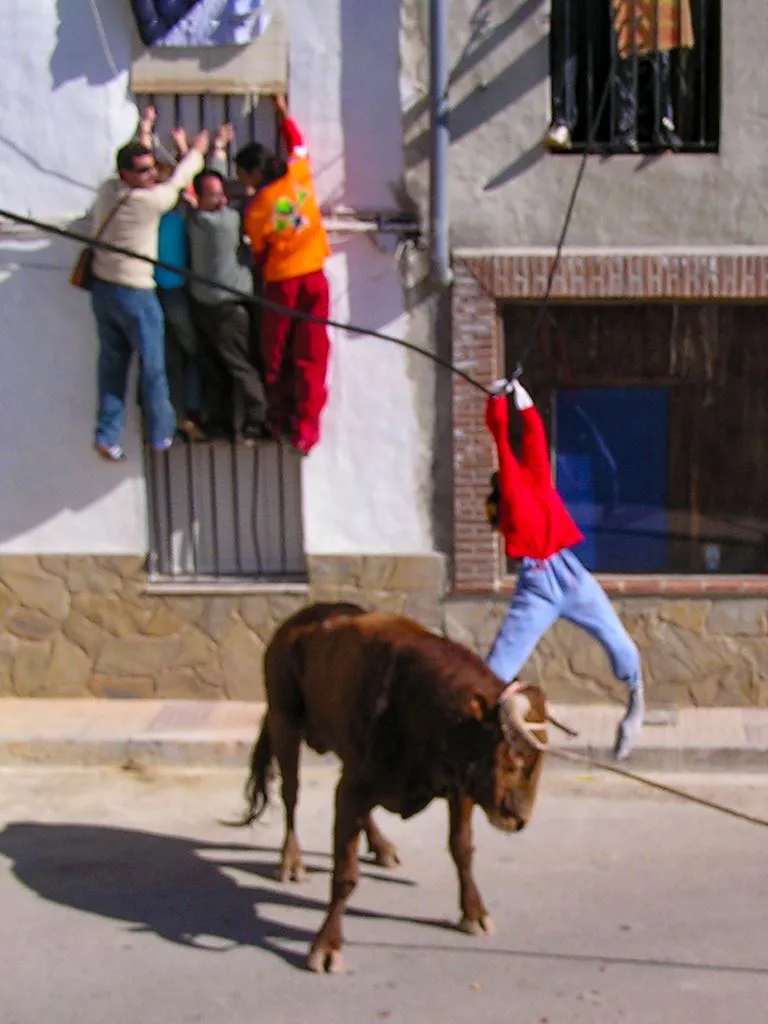
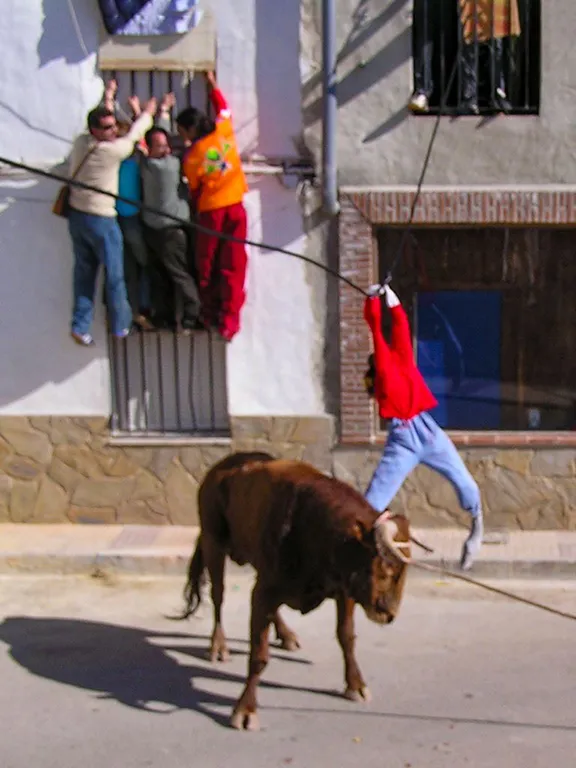
The Gaucin Bull Run
On Easter Sunday Gaucin hosts a bull run. This is nothing like Pamplona, here only one bull at a time is let lose to chase the young and not so young bucks through the village. Pallisades are erected to protect the hundreds of spectators. The runners are expected to arrange their own protection. Many opt to leap up to grab first floor window or balcony grills to escape the 450kg rampaging animal. Hardly a year goes by without somebody being injured.
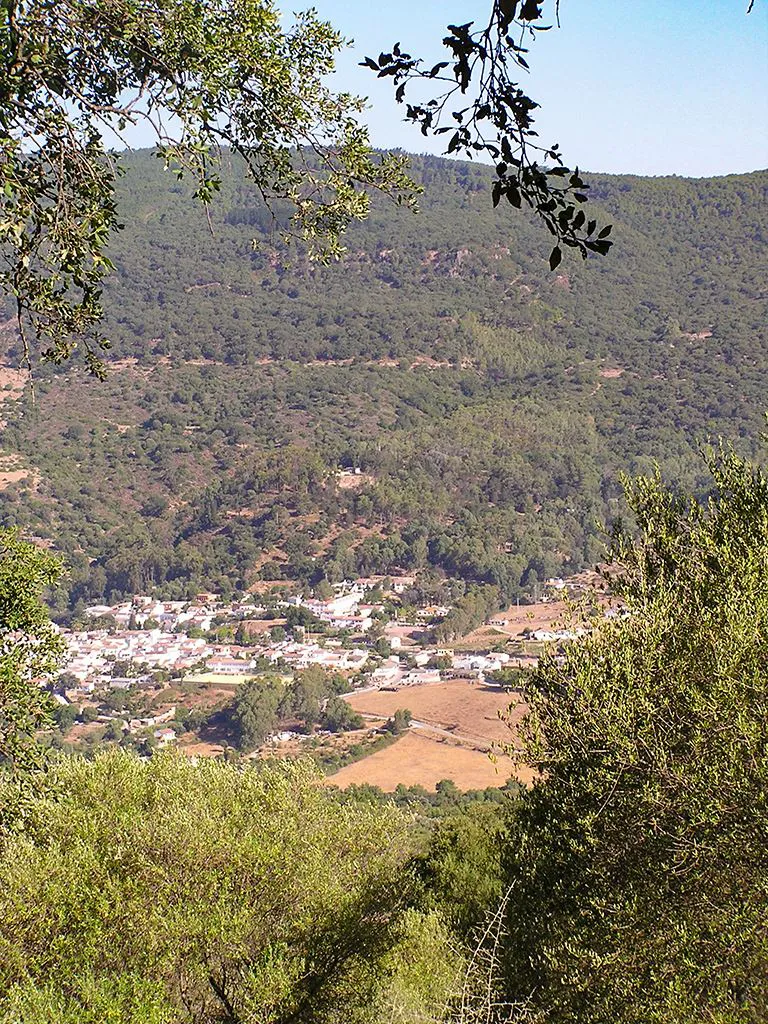

Part of the National Park Gaucin
Gaucin is the most western point of the Serranía de Ronda, Penibética. Some of the peaks in the Serrania de Ronda are over 2000 meters high, and the range is crossed by three rivers, the Genal, the Guadiaro (River of gold, so-called by pre-Roman inhabitants) and Hozgarganta. To the east are the Sierra Bermeja mountains with Los Reales the most prominent peak, and to the south Casares and the peak of Sierra Crestellina. To the west is the broadening river valley that widens out to the plains surrounding Gibraltar.
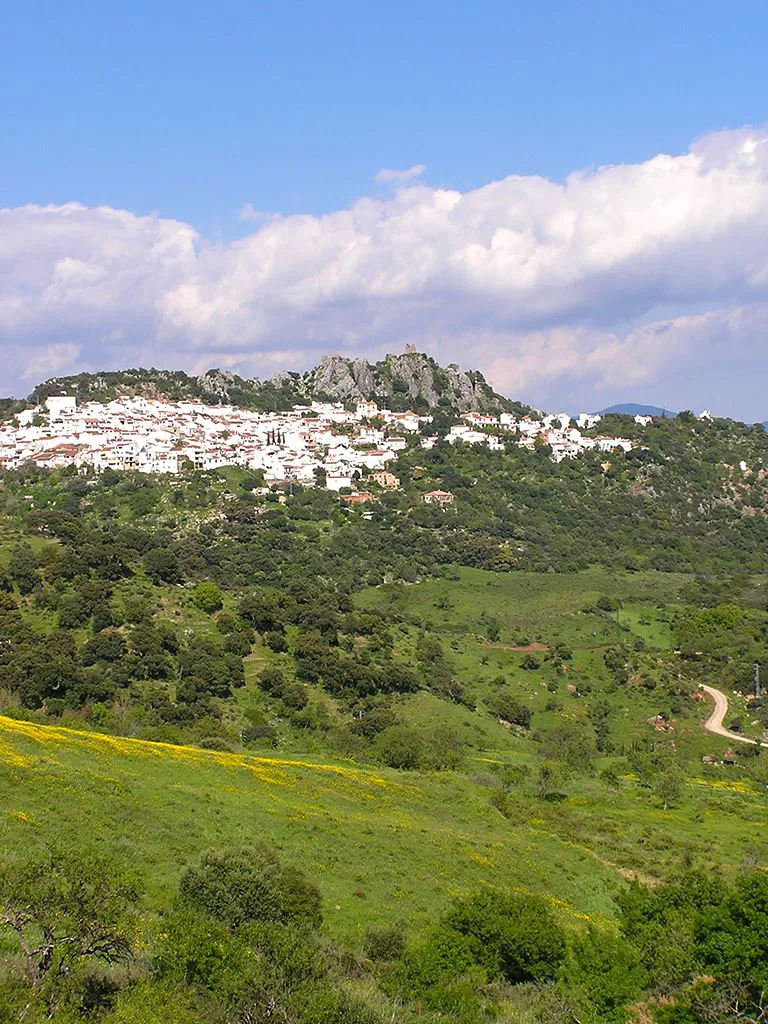
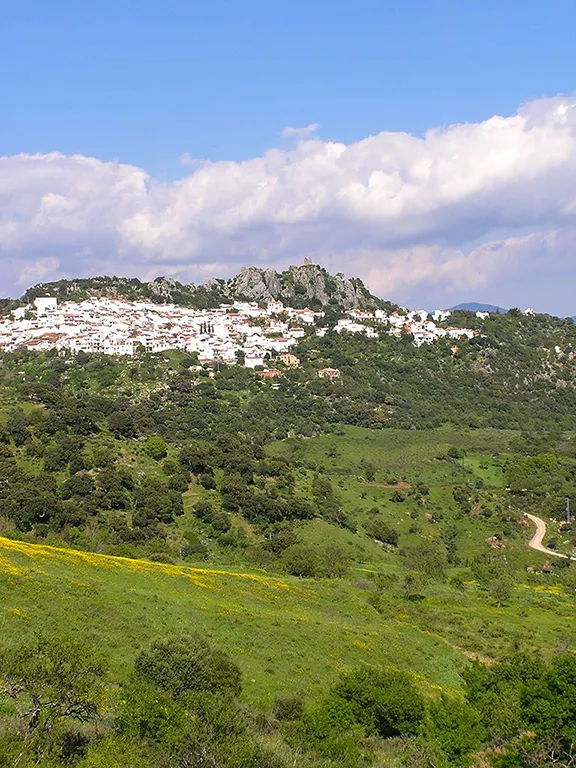
Genal Valley Gaucin
Around Gaucin and within Los Alcornocales National Park varieties of oak, chestnuts, almonds, St. John's bread (algarrobo), poplars, elms, willows and pines grow in abundance. In the valleys fruit trees include the pomegranate, quince, and fig. Herbs like thyme and rosemary grow on the crags and the area is renowned for wild flowers.
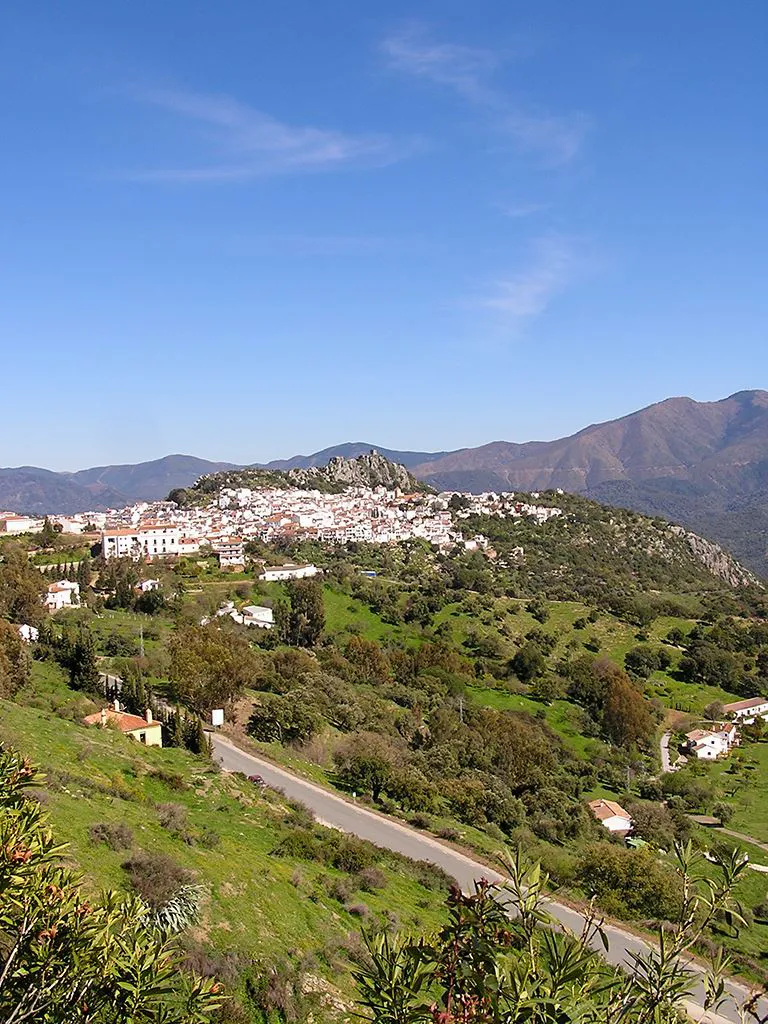
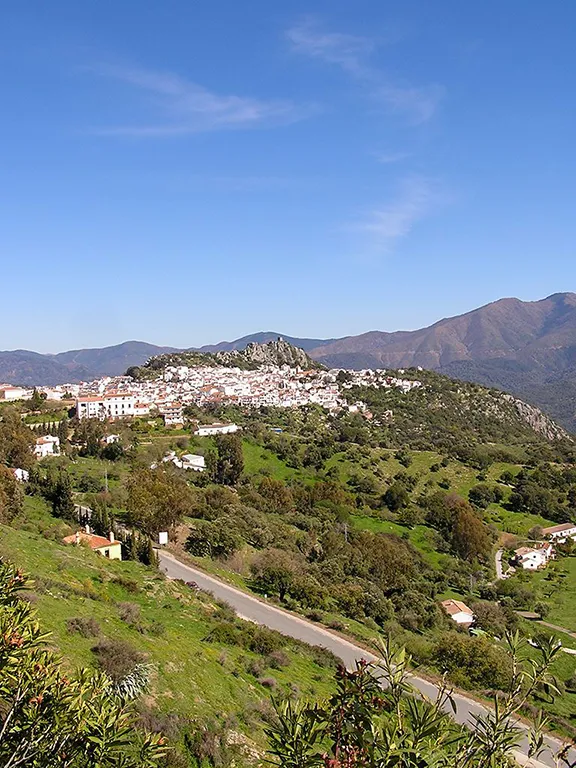
Dehesa around Gaucin
In some of the wilder areas you may be lucky to see foxes and wild cats, mongoose, martens, badgers, weasels, moles, porcupines, bats, and wild boar which inhabit the countryside around Gaucin. Gaucín is also a major point for viewing the migratory birds from Africa that have crossed the straits and, like the Romans, choose the easiest route to the inland areas.
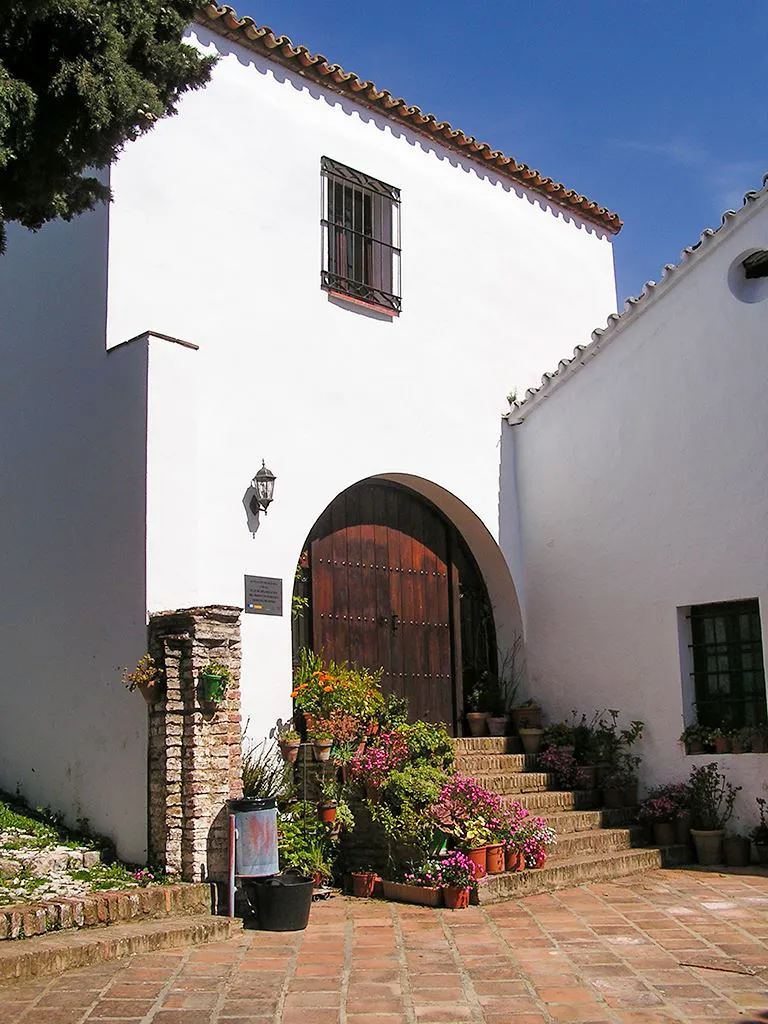
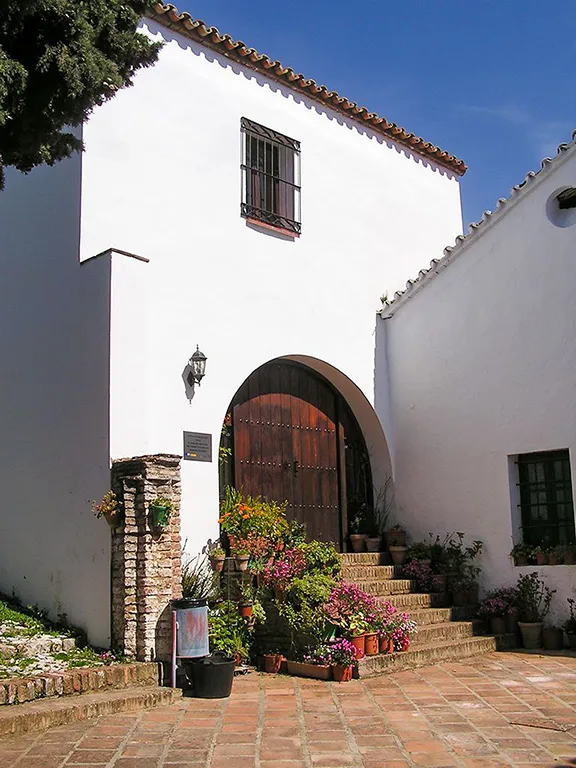
The Hermitage Gaucin
Climb the hill following the signs for the Castillo de Aquila and you will arrive at the 17th century Santo Nino Hermitage. As you entered the hermitage gardens you will have gone through a gate in the castle walls. These were the Moorish walls and you can still see the small lookout posts built into them. The hermitage itself was originally the barracks for the troops and the gunpowder store was in one of the turrets.
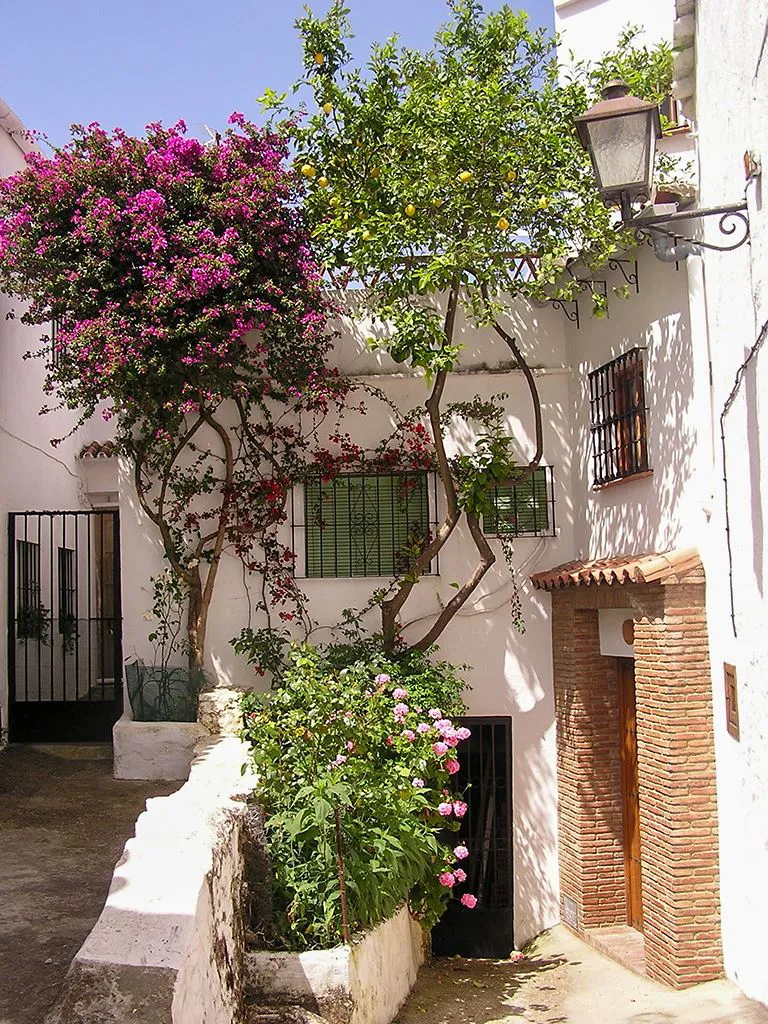
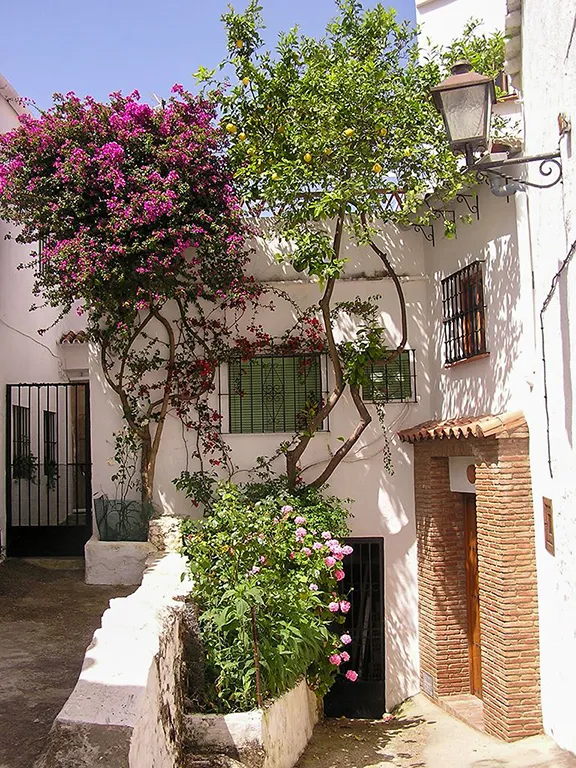
Gaucin courtyard
Although the Romans were the first to construct defences on the rock it was the Muslims who built the majority of the castle seen today. They called it Sair Guazan or strong rock and so it proved. The castle remained in use until the 19th century. At the castle itself there are two dungeons and a subterranean passageway that the Moors built in case they ever had to escape from the castle unseen.
The whole castle is open for exploration and wonderful for children although parents please be aware that any health and safety regulations you may be used to in the UK are totally ignored here. There are unbarred vertical drops, pits in the ground, crumbling walk ways around high walls and many more irresistibly dangerous features.
An alternative descent from the castle is to leave it via the small gate beneath the western wall. This steep path takes you down to the village on the opposite side of the rock to that taken on the ascent. It is worth the extra effort for the views you have from this path.
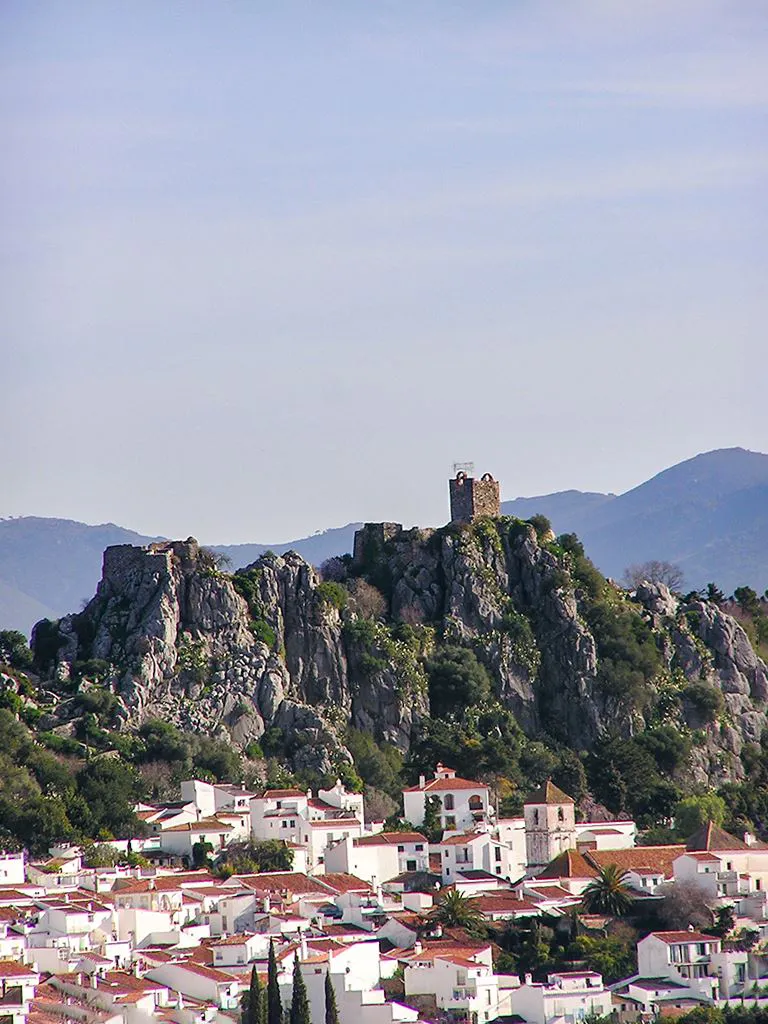
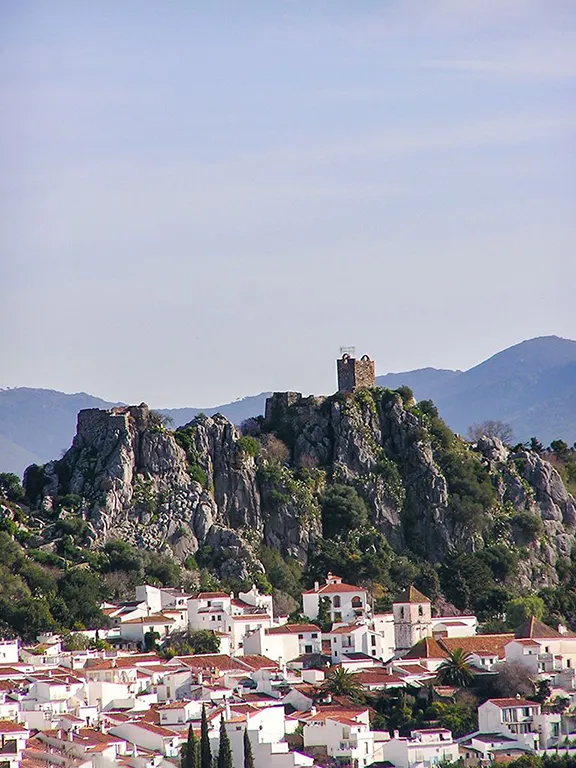
View of Gaucin
The first inhabitants of the Gaucin area were Paleo and Neolithic cave dwellers and they have left cave paintings in the vicinity. They were succeeded by the Iberians to judge from the ceramics found in the castle’s water deposit who were, in turn, removed by the Phoenicians. The Phoenicians established the first gold mines nearby.
The Romans arrived in the area around 400BC and realised that Gaucin was the easiest route to the interior. They built a road, the Camino de Gibraltar, which is still used and in parts is intact. During the Roman occupation the first castle was built although nothing remains of it today.
In the 5th Century Gaucin was invaded by the Visigoths. They called the town Belda. Their occupation lasted 200 years.
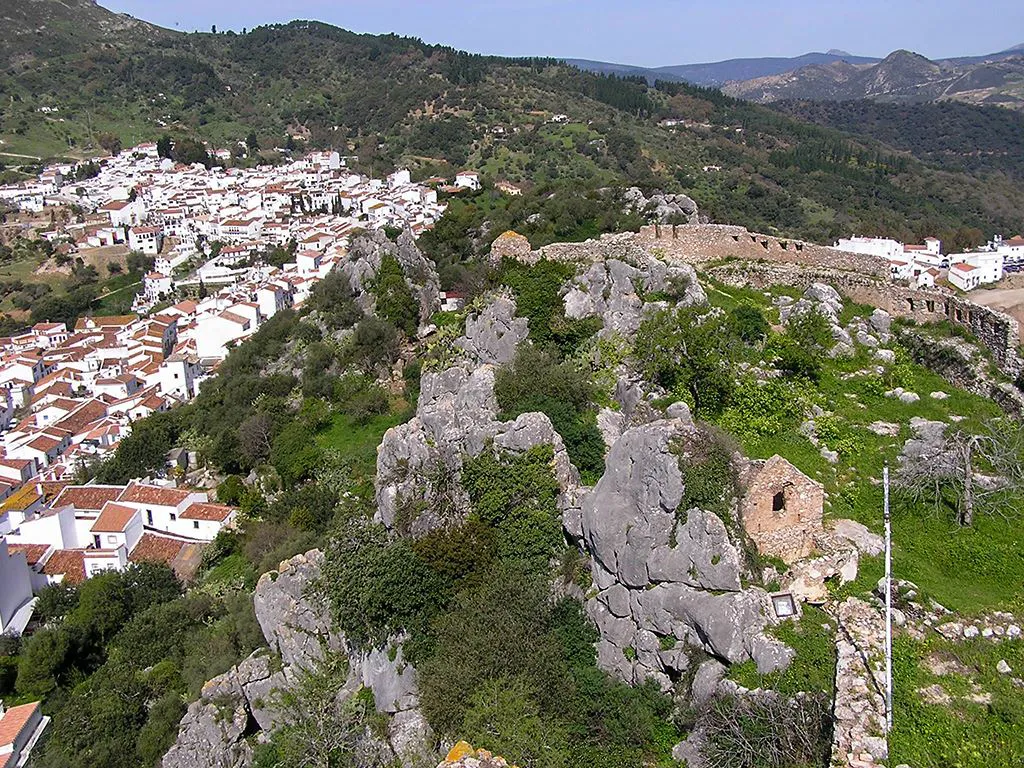

The Muslim fortress Gaucin
In 714 AD the Muslims invaded and used the Roman roads to good advantage. The Muslims renamed Belda, Gauzan and it became the westernmost outpost of the Kingdom of Granada and the site of many battles. Gaucin remained under the Muslims until 1457 when the town was liberated by King Henry IV although many Muslims (Mudejars) remained until the 16th Century.
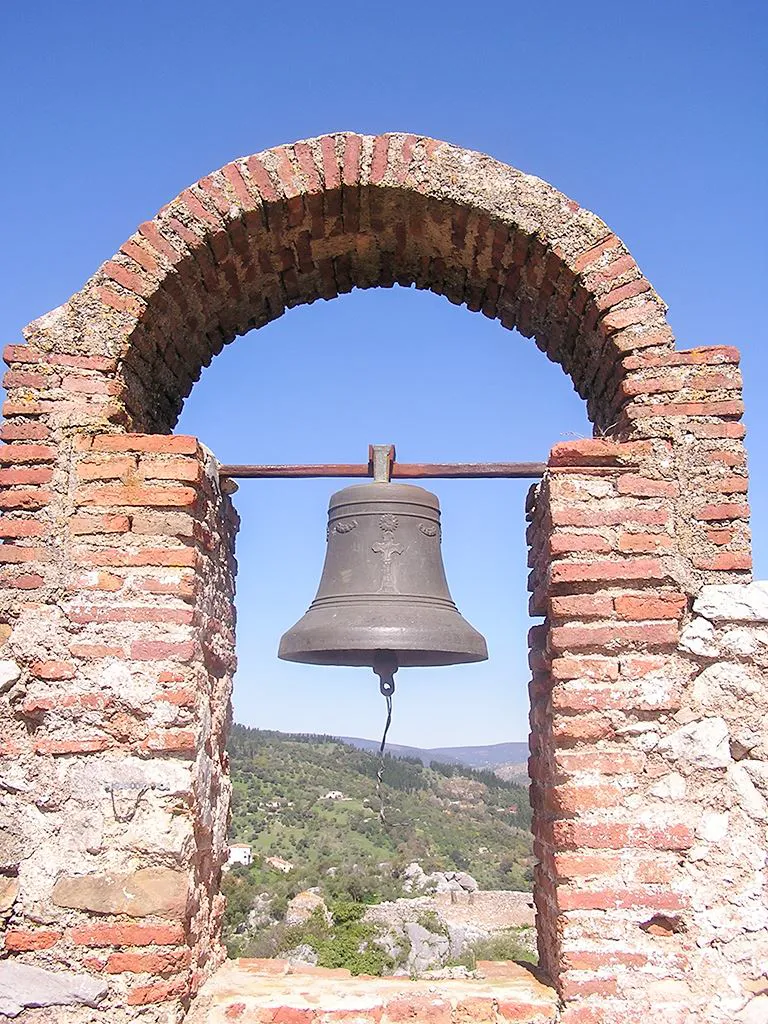
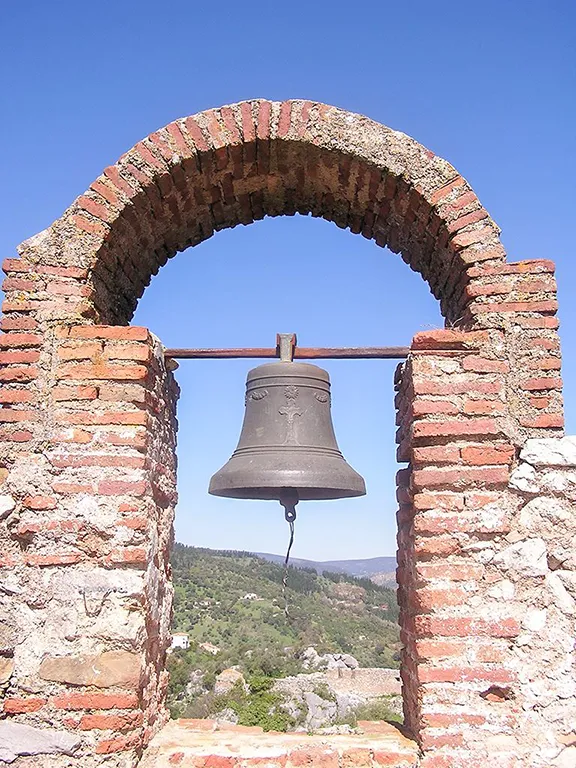
Bell Tower Castle of Eagles Gaucin
Due to many rebellions against the Catholic monarchs by the Mudejars they were almost constantly at war against the crown and during this period many people returned to Morocco or became vagrants. Gaucin became depopulated. There are local tales of Moroccan pirates allying themselves with the Mudejars to kidnap Christians for ransom. Gaucin was in fact connected with the coastal watchtowers built to look out for these pirates. The Mudejars were in turn hunted by ex soldiers and ruined farmers who sold them into slavery. The area became a lawless no-mans land until some order was restored at the end of the 17th Century.
In 1704 the British took Gibraltar and by the end of the 18th Century many British Gibraltarians were using Gaucin as a summer resort, taking advantage of the cooler mountain air. Then followed a turbulent period.
In 1808, during the Peninsular War, the French invaded Gaucin and, following a bloody battle, razed the town and stole its treasures. Bandolerismo again took over as the main occupation. The British occupation of Gibraltar provided an opportunity for the Contrabanistos who smuggled English goods into Spain from Gibraltar. An occupation that lasts to this day.
Gaucin was again sacked during the Carlist wars by the anti monarchists who then imposed heavy taxes on the population. Although unpopular, this did lead to a period of comparative stability in the area and English tourists started to visit the Hotel Nacional in Gaucin in larger numbers.
This stability only lasted until the Civil War. Many people were shot before Gaucin was captured by the nationalists in 1936. Again the population was impoverished and turned to banditry and smuggling. Many of the older population in Gaucin still remember this period.